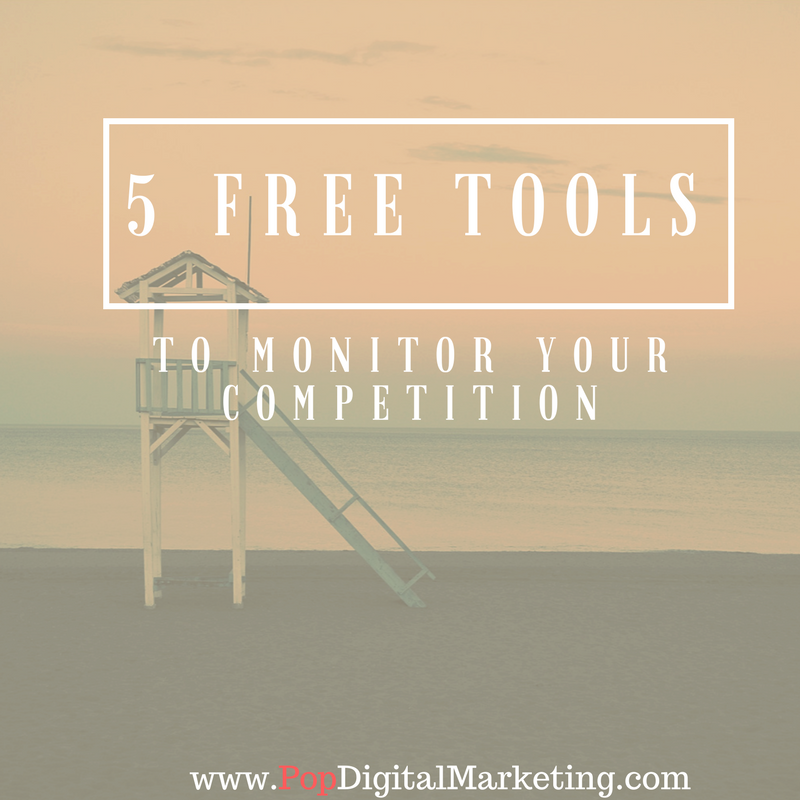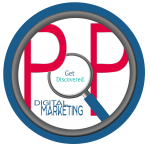
Creating a holistic digital marketing strategy can take months. Effectively executing the strategy after tweaks, minimal fails and multiple learning curves can take up to a year. One stage often omitted from this important plan is monitoring competition. Watching your competitors online holds unparalleled benefits such as identifying market opportunities, connecting with companies you should be cross promoting, back-link insight, social listening and more.
 Here are 5 Free Tools to monitor your competition:
Here are 5 Free Tools to monitor your competition:
- Google Alerts: One of the most underused tools, Google Alerts allows you to monitor the internet for “interesting content”. You can set up alerts for your industry keywords or even for mentions and articles on your competition. Google alerts lets you customize the email reports you receive by how often you’d like the notifications, type of sources, the origin of source, and languages. Use alerts to drive trending content ideas and see how well your competition is doing with PR.
- Facebook Pages: Facebook offers page admins the opportunity to “watch” competitor Facebook pages. To add a competitor page, simply go to your page insights, scroll to the bottom and type in the name of the business you’d like to watch. You can see the company’s follower growth, engagement and even the competitor’s top post from the past week.
- HootSuite: HootSuite is a simple social media publishing tool that also offers numerous in-platform apps to increase the overall user experience. One of the free apps, TrendSpottr enables you to set up multiple “streams” in your HootSuite to watch trending topics, keywords, brand reputation and even identify industry influencers. HootSuite is also an excellent “social listening” tool for when potential customers are unhappy with the competition. Below is an example of great social listening in action. In this instance, I had tweeted dissatisfaction to Xfinity and within minutes received this tweet from their competitor:

- Alexa: Alexa is a brilliant tool that my company uses prior to working with any company to analyze their overall reach. It can also be used to analytically measure competition. You can see how the competitor’s website ranks globally, what keyword searches are driving traffic to the site, which pages generate the highest engagement, and which sites link to the competitor’s site.
- SEM Rush: SEM Rush offers great analytical reporting on all aspects of digital marketing performance. With a free account, you can see how your competition ranks, the keywords that generate high traffic, and even view their AdWords and video ad campaigns.
Once you have all this data at your fingertips, it is time to utilize it wisely by crafting new campaigns. Contact websites that link to your competitors to build new relationships, start focusing on keywords that drive heavy traffic to your competition’s site, avoid social media snafu’s that failed on your competitors’ platforms, and contact your competitor’s dissatisfied customers through social listening.





Recent Comments